AESCHYLUS ORESTEIA: AGAMEMNON
SET DESIGN PROJECT FOR DAMU 2013
After excessive reading and research on Oresteia and its themes, hybris - guilt - murder, I wanted to find a way to represent these recurring themes on the visual interpretation of Agamemnon’s palace. The place is deconstructed because the family, that was to live in and flourish, is itself deconstructed. The father has sacrificed his daughter in order to please the Gods and earn their support for Troy’s expedition. He left for many years, but he brought destruction to his own family. His wife doesn’t want him anymore and finds a lover. His son, the legal heir, goes far away.
I drew inspiration for my design from the decay of the modern city landscapes and buildings in Greece. I wanted to explore the idea of construction and deconstruction, through a visual aesthetic of ruined or damaged buildings that is also associated with the decay of the people residing in them. A metal scaffolding supports a wall, invisible - but falling in ruins. We see only the palace double door, which will hide the assassination. The same set may stand also in an open air ancient Greek theater, where the landscape behind it will play its own role.
The dominant themes of the trilogy first appeared in "Agamemnon", but so confusing and puzzling, since this work depicts a world hazy, a world in moral chaos, which seems to have been left with no moral value. Agamemnon returns home very arrogant, after wining a long and aggressive war, that had a great cost in human lives, to find his wife Clytemnestra waiting for him with a lot of hate and guilt. In addition to that he carries with him a young and beautiful slave, Cassandra. The pattern of hubris arises not only as one of the key themes of tragedy, but as a precondition - it has already started in the past. All these tragic stories and feelings have already taken their toll on the palace and the life inside it.a
From the sacrifice of Iphigenia, a toll that Agamemnon had to pay before starting his expedition, because of the “slaughter” he was about to do in Troy, to the actual bloodshed in the war, he essentially puts his ambitions in a higher place than his own family. The ancient Greek equivalent of a a family is “oikos”, a word containing some of the most important values of the ancient Greeks, a word that also means house. Its the most important thing, its your family, your name, your legacy. From the curse of Atreides to Agamemnon’s sacrifice of his own daughter and the adultery of Clytemnestra, we see a complete decay of his “oikos”, which can be interpreted to the visual of the palace/house.
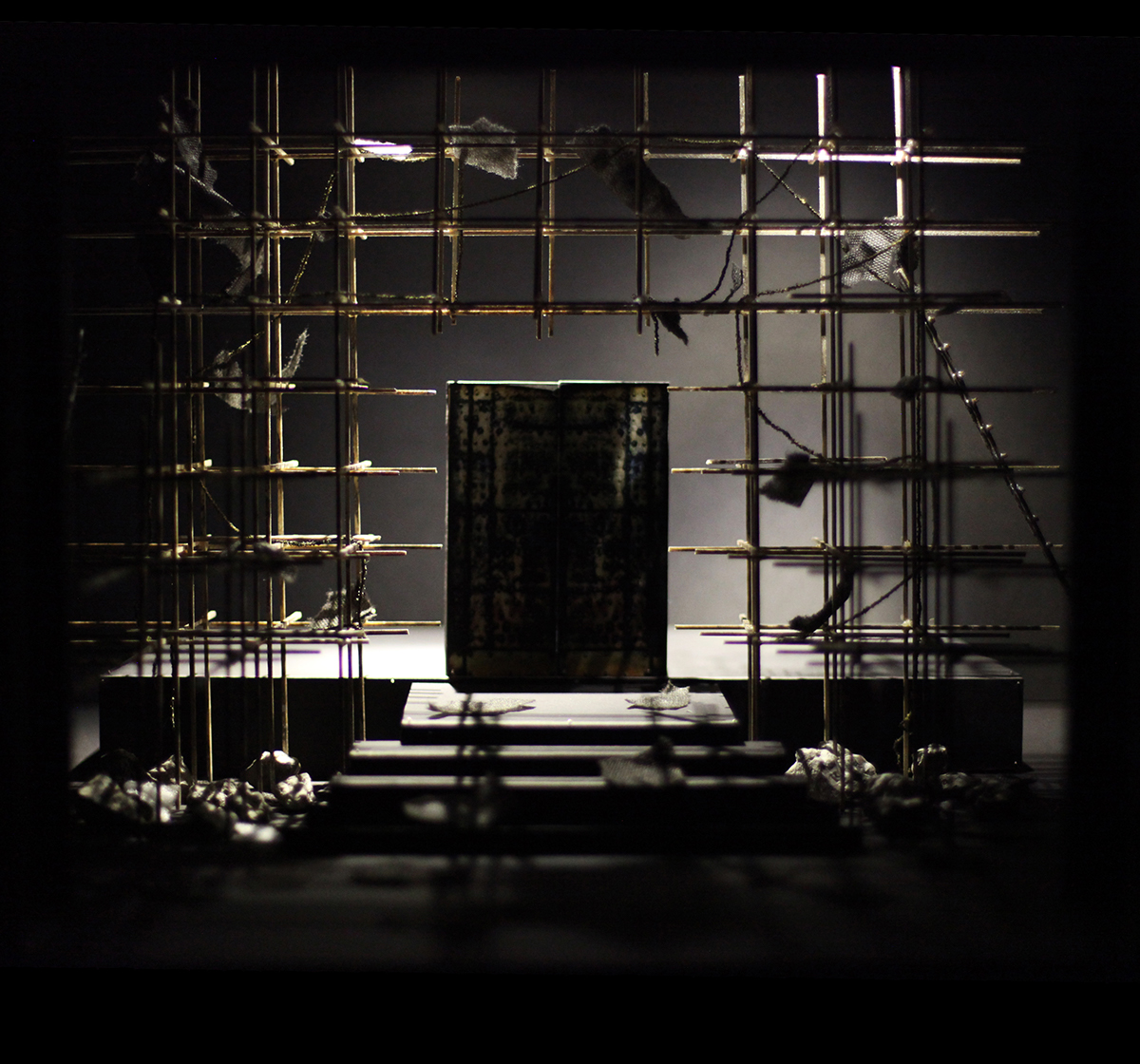
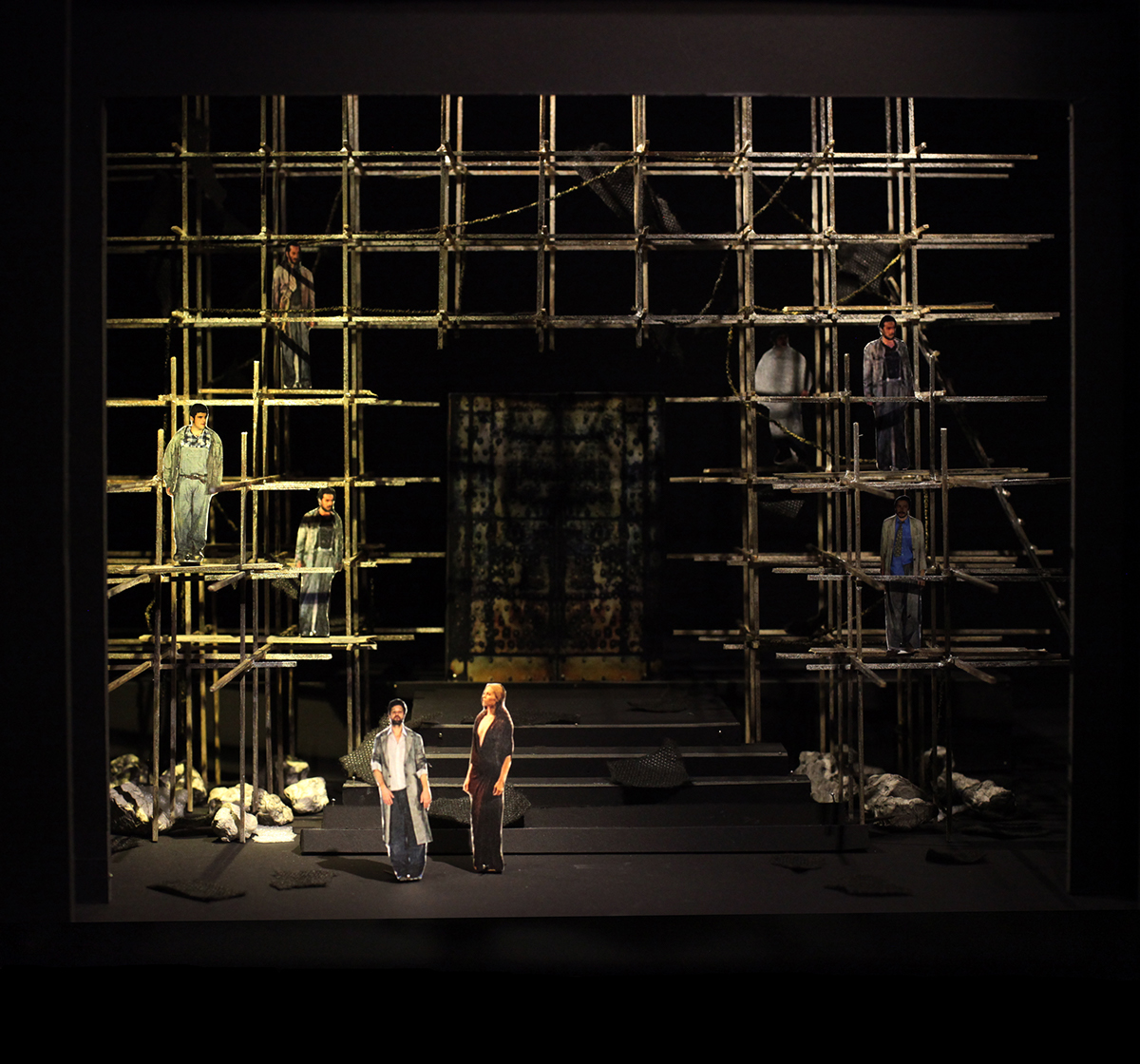
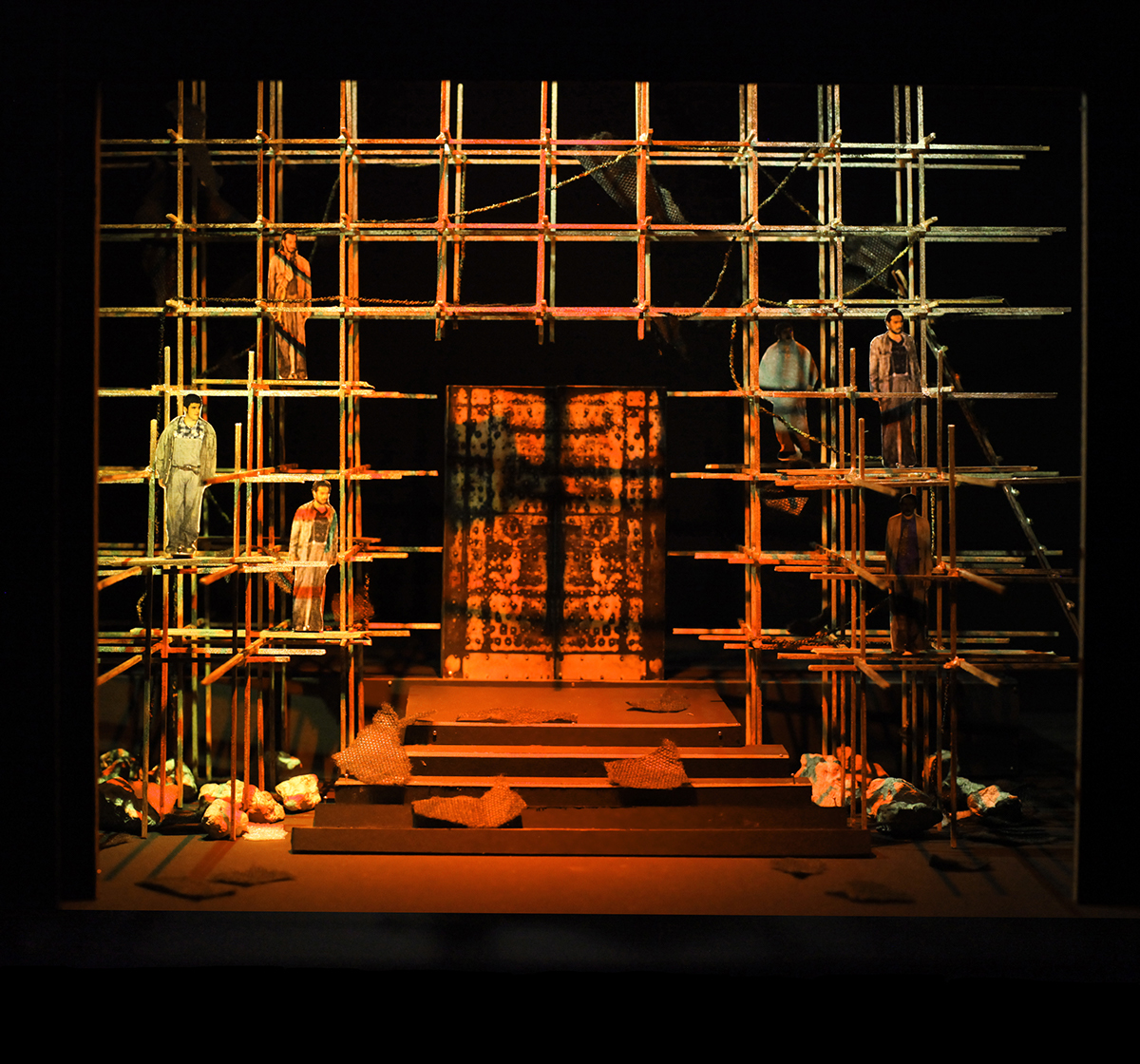
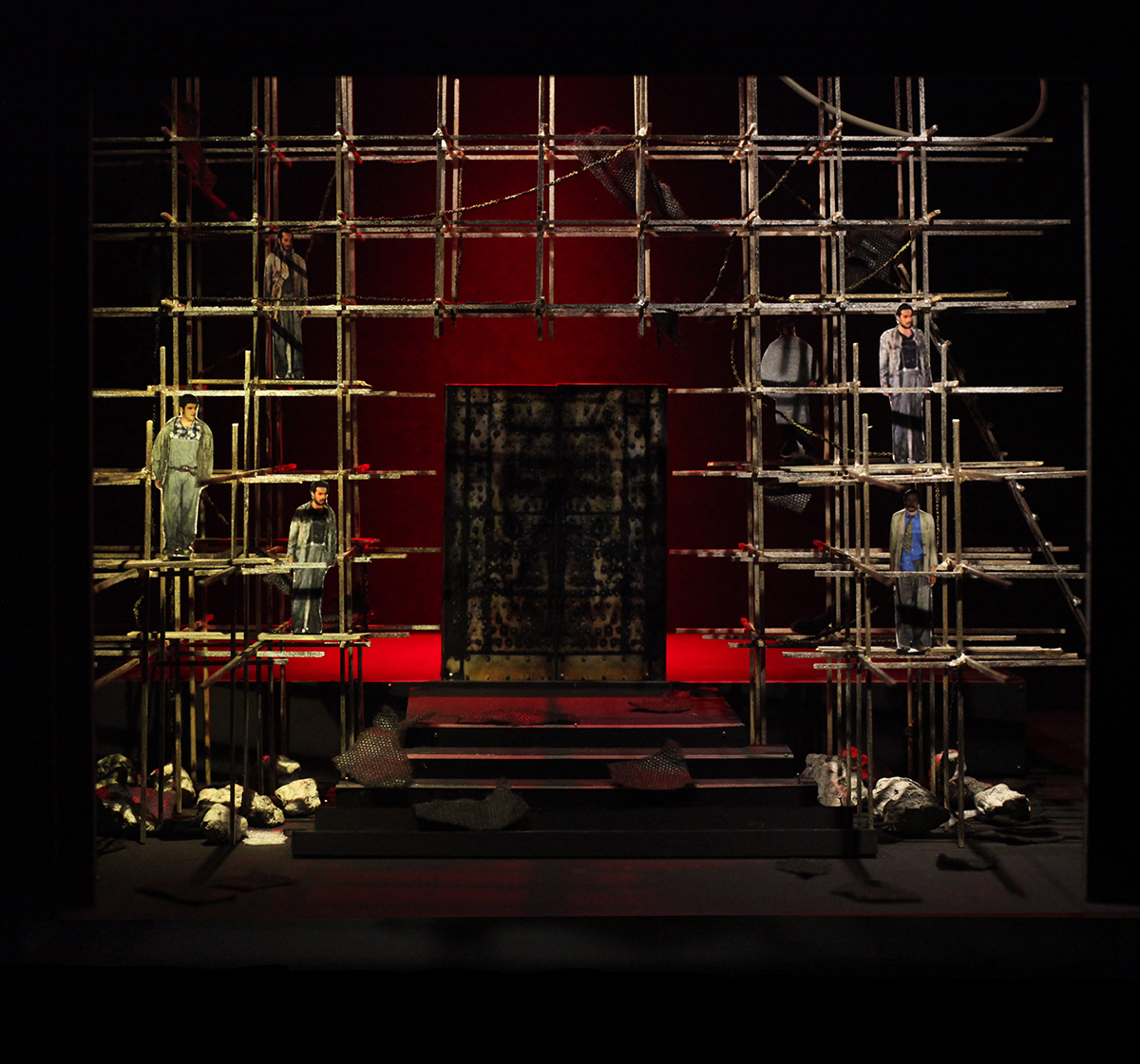

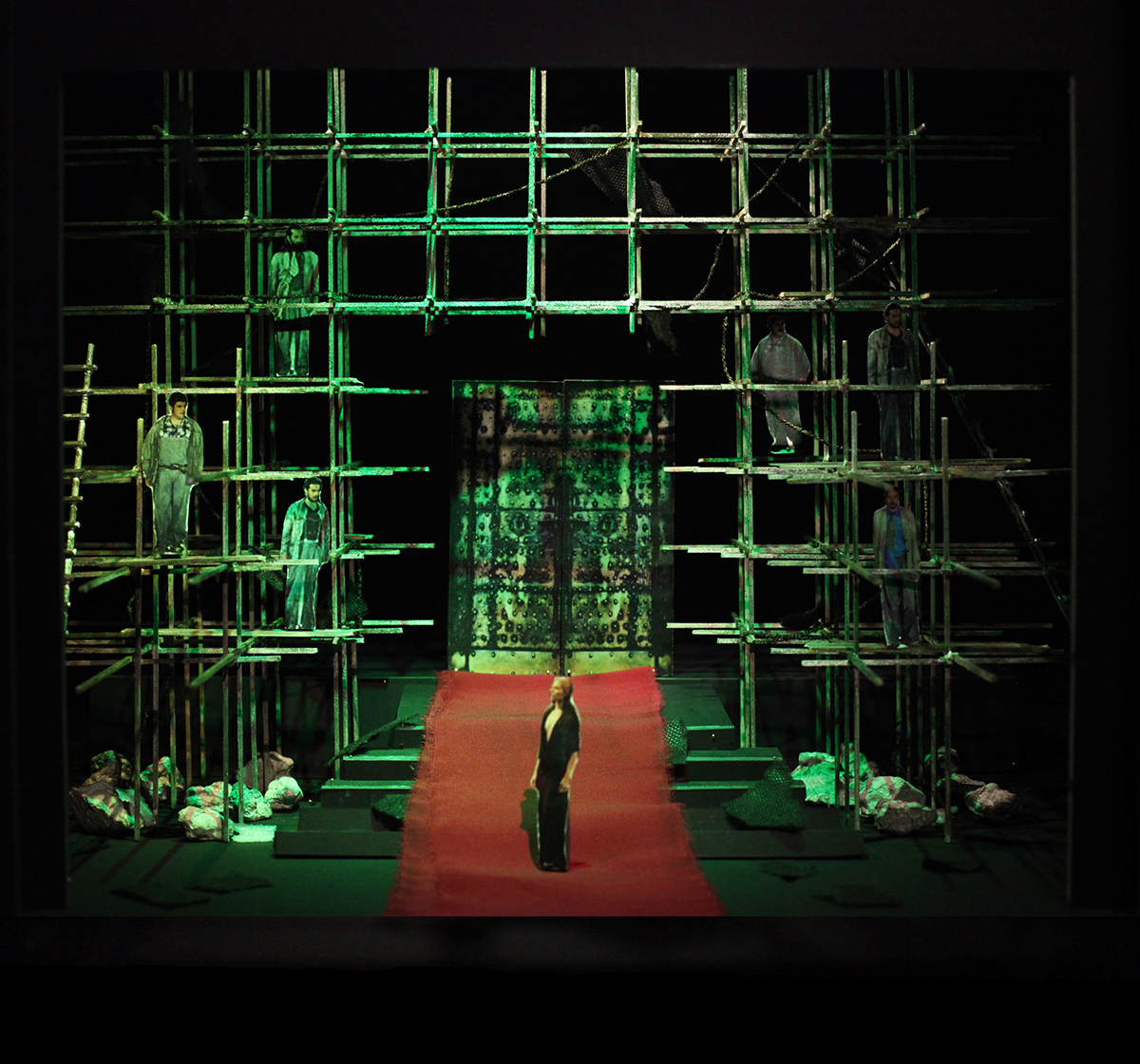
model photography by © Sylvia Nicolaides


